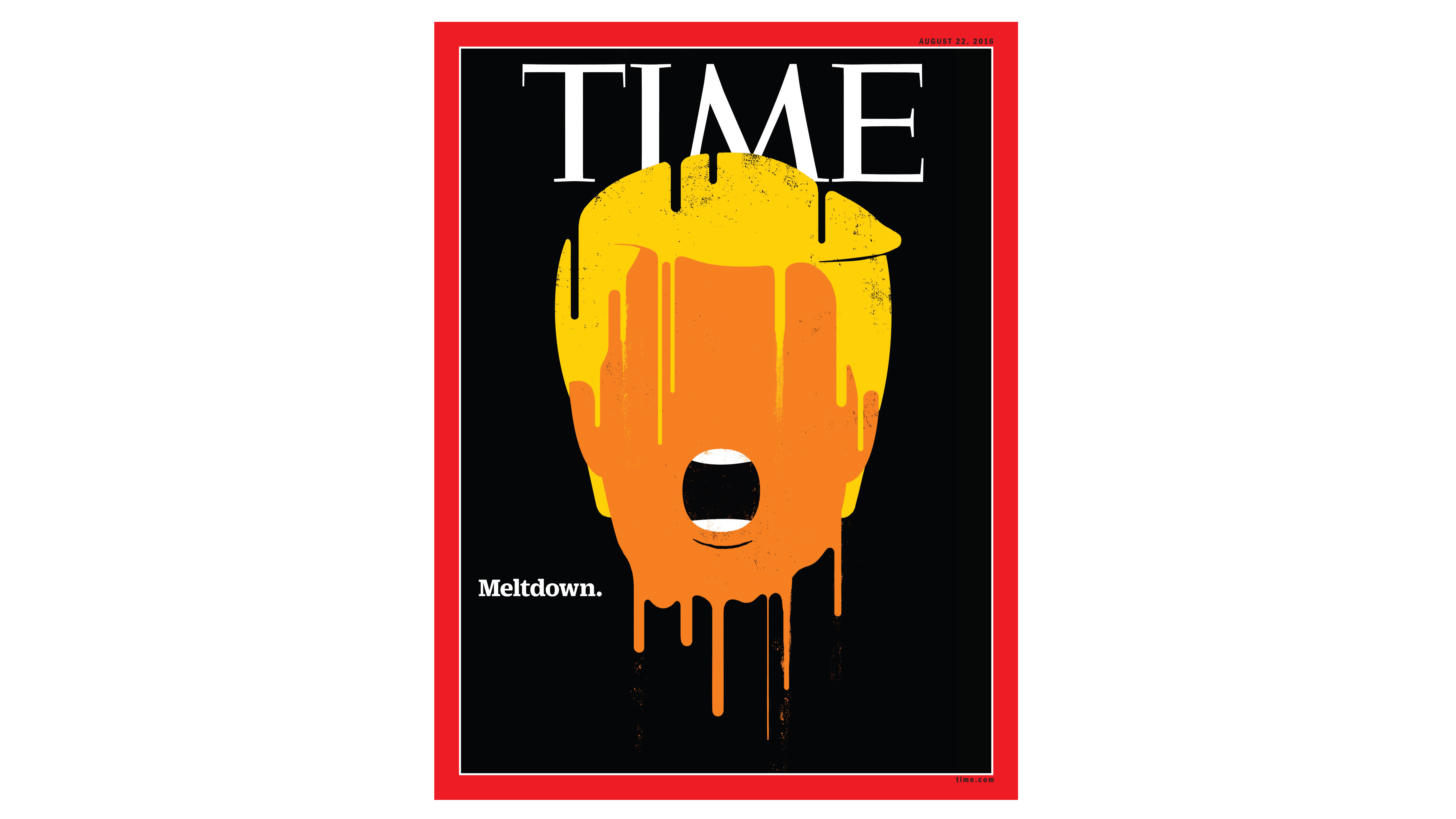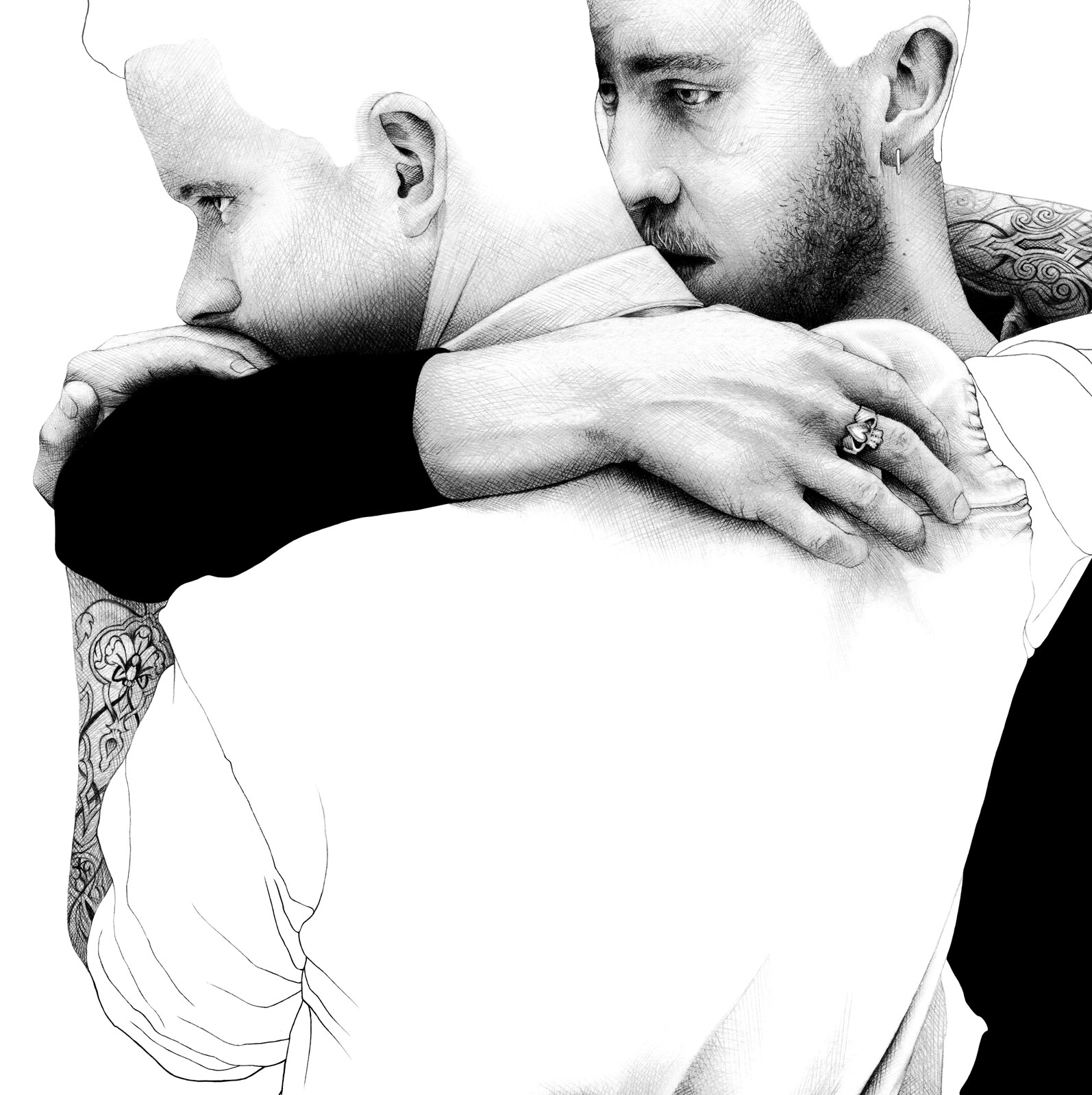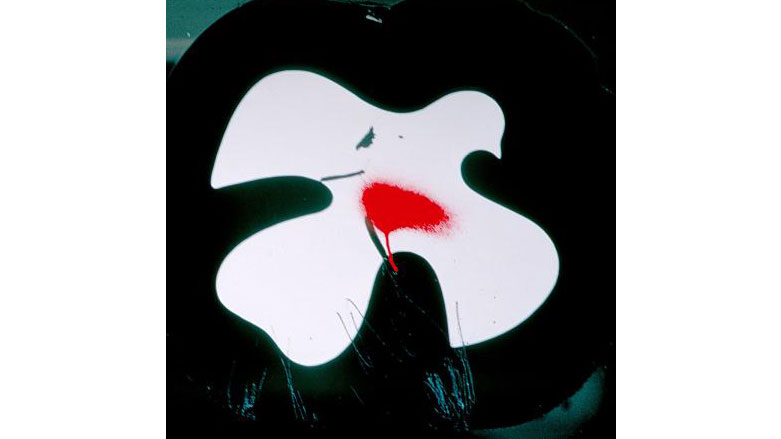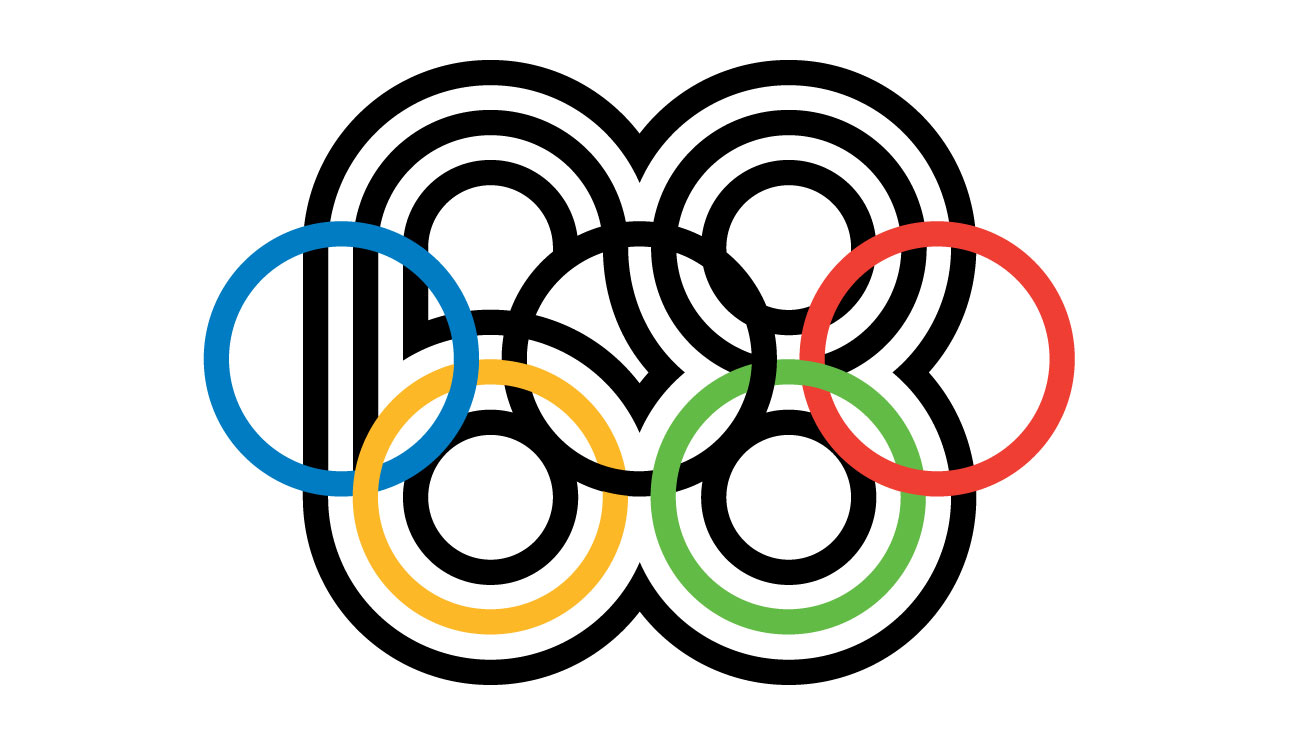How to create work that could change the world
Meet the designers creating work with a message.
Creating designs or illustrations with a political message isn't new, but in 2019, your message is much more likely to spread quickly around the world thanks to the power of social media.
At this year's OFFSET Dublin, several designers, illustrators and artists spoke about activism in design, from creating the logo of the 1968 Olympics to making art for wheelchairs, to berating Donald Trump. These creatives spoke about what activism in design means to them, how they approach it, and what you can do if you want to get across a strong message through your work. Read on to discover their advice.
01. Don't worry about being 'fair'

Edel Rodriguez is known for his striking political illustrations, and his depictions of the current American president have been on magazine covers and political posters around the globe.
"Is it fair?" asks Rodriguez. "Yes, he’s awful." And you shouldn't aim to be fair, anyway. "A lot of times when you’re fair you make crappy art because you have no point of view," he says. "If you feel you’re correct, then screw them. You’re always gonna upset someone. I don’t mind upsetting someone."
As Rodriguez points out, you can’t control how people view you or your work, so don't let the potential implications put you off creating something. "I do what I do, I work as I work," he says. "If I can’t exist and make my work then what is the purpose of being here? Go with your gut and do what you want to do."
02. Don't worry if you don't feel like an 'activist'
You don't have to class yourself as an activist to make work with a strong message. “I don’t know if I’m an activist," says Rodriguez. "I’m just telling the truth. It just happens to activate people. For an activist I’m not very active."
Joe Caslin – a street artist and illustrator who is known for his political street art (see video above) – didn't mean to become an activist either. "I never went out with the mindset of being political, things just f**ked me off enough," he says. "As a young teacher over five years of working, I lost five of my kids to suicide. I use my drawing as therapy."
Get the Creative Bloq Newsletter
Daily design news, reviews, how-tos and more, as picked by the editors.
03. Embrace social media
"If you put something on the wall then a few people might walk past and see it, but if you put in on social media then 100,000 people might see it," says Caslin. Caslin's work has tackled subjects such as male mental health, same-sex marriage and drug use in Ireland, and had a particularly big impact during the build up to Ireland's most recent referendums on same-sex marriage and abortion. "Ireland has moved on massively in the last 10 years," says Caslin. "It was really important that a visual was attached to those questions."
Rodriguez agrees that social media can be a powerful tool. A lot of his work was published first on social media before it was picked up by clients. "There’s a lot of power to not having an editor," he says. "The fact that you’re the publisher and you can control this and make things to happen is a big power, and sometimes we just take it for granted."
If you make an image that tells the truth and your understanding of what you’re trying to say it will find its own way
Joe Caslin
Sometimes, your work suddenly takes off. Izzy Wheels founder Ailbhe Keane posted a video about her project – to create stylish wheel covers for wheelchair users – and it got three million views in one day. "Overnight everyone knew who we were and it was the most stressful week of my life," she says. "Suddenly we were getting calls from America." Keane set up Izzy Wheels with her sister, Izzy, who uses a wheelchair, and the company now collaborates with artists all over the globe.
How can you ensure your work will stand out amongst the rest? "If you make an image that tells the truth and your understanding of what you’re trying to say it will find its own way," says Caslin. "If your image is strong enough it won’t get lost in the din."
04. Use humour
Olivia Ahmad, the editor of illustration magazine Varoom, says that using humour is a great way to get people on board with your message. "Everything’s so interconnected and complicated, so visual markers help people navigate," she says.
And as Rodriguez points out, you can get the message across in an illustration in a way that you can't with words. "You can't avoid an image," he says. "You can avoid a 20,000 word essay as you won't read it." Plus, people speak so many different languages that images are arguably easier to use as a communication device. Although you should be careful, as your humour might not translate to all cultures.
05. Think about funding

When you're designing for a cause, you might struggle to find the right kind of financial backing. "90 per cent of my work is self-funded," says Caslin. "If you want to put up a piece about drug addiction, where are you gonna get that money?"
The problem, he says, lies with categorising your work. "How do I put my work in the boxes in the funding forms? Because I don’t fit in, then I won’t get the funding," he explains.
06. Prepare for others to use your work

If your image does take off, then it might end up becoming the symbol for a particular movement. Rodriguez frequently sees his work being reprinted, reused and reimagined at protests, for example, and that's something he's completely on board with.
Veteran designer Lance Wyman, experienced something similar when he worked on the Olympics logo back in 1968. "During the olympics the white dove was for peace," he says. "It was anything but peace at that time."

He explained how there was a student uprising during the games. "A lot of the student posters took things from my work and used them all around the city. My work was being transformed into anti-government posters. I realised I was working for the government and the government was killing students."
In times like this, says Wyman, you can't be precious with your work.
07. Aim for inclusivity
"As designers, we all have a huge responsibility to be inclusive in the work we do and the products we make, its up to us to make that change," says Keane. "On a global level, the disability community is huge and it's completely under-served," she explains.
It's not all about politics either, says Caslin. "Your creative output doesn’t have to be political, but we all live in a community and would like to live in a place with more kindness. So if you can, do something around that."
Images via Offset unless otherwise credited
Read more:

Thank you for reading 5 articles this month* Join now for unlimited access
Enjoy your first month for just £1 / $1 / €1
*Read 5 free articles per month without a subscription

Join now for unlimited access
Try first month for just £1 / $1 / €1

Rosie Hilder is Creative Bloq's Deputy Editor. After beginning her career in journalism in Argentina – where she worked as Deputy Editor of Time Out Buenos Aires – she moved back to the UK and joined Future Plc in 2016. Since then, she's worked as Operations Editor on magazines including Computer Arts, 3D World and Paint & Draw and Mac|Life. In 2018, she joined Creative Bloq, where she now assists with the daily management of the site, including growing the site's reach, getting involved in events, such as judging the Brand Impact Awards, and helping make sure our content serves the reader as best it can.
